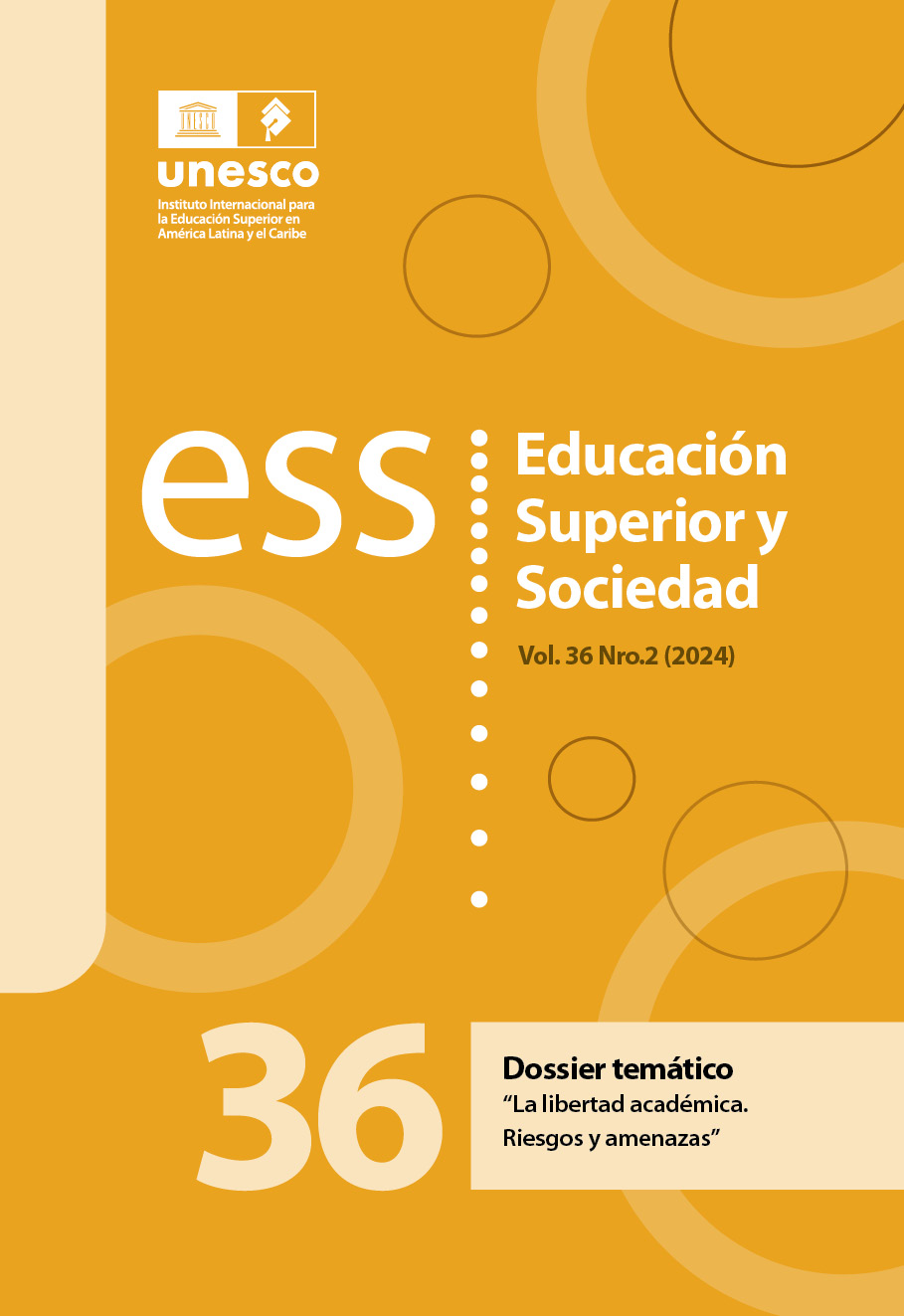La gestión para fomentar el emprendimiento innovador de estudiantes en universidades públicas estatales de la región centro de México
Resumen
Estudio que se sustenta en el modelo de Orientación Emprendedora Universitaria. Tiene por objetivo identificar cómo los estudiantes de nivel licenciatura en México perciben que se gestiona el fomento al emprendimiento innovador en su ecosistema universitario. Se dividió en tres regiones a las universidades públicas estatales del país y esta parte muestra el segundo avance con los resultados de la región centro, la cual comprende trece universidades públicas estatales en las que se aplicó una encuesta a 398 estudiantes. Los hallazgos muestran que en esta región la gestión para el fomento del emprendimiento estudiantil se alinea con el modelo de Orientación Emprendedora Universitaria, pues se movilizan los resultados de la investigación fomentando la participación de investigadores, se gestionan acciones para identificar oportunidades de investigación, financiamiento y colaboración fuera de la universidad, se vincula con la industria, el sector privado y público, se diseñan y ejecutan políticas institucionales para fomentar la innovación y el emprendimiento, además de que se fomentan la multidisciplinariedad para los proyectos emprendedores y finalmente, sus directivos muestran voluntad para motivar y propiciar el ambiente idóneo para llevar a cabo las acciones antes citadas.
Derechos de autor 2024 Blanca Delgado Melgarejo, Martín Arturo Ramírez Urquidy

Esta obra está bajo licencia internacional Creative Commons Reconocimiento-NoComercial 4.0.
Los derechos de autor permiten la protección del material original, y frena la utilización del trabajo ajeno sin permiso. UNESCO IESALC se adhiere a las licencias Creative Commons en la publicación de acceso abierto de la ESS. En concreto, los textos publicados en esta revista están sujetos a una licencia Creative Commons Reconocimiento-NoComercial 4.0 Internacional (CC BY-NC 4.0): La ESS es una revista de acceso abierto, lo que significa que todo el contenido está disponible gratuitamente para el usuario o su institución. Los usuarios pueden leer, descargar, copiar, distribuir, imprimir, buscar o enlazar a los textos completos de los artículos, o utilizarlos para cualquier otro fin lícito, sin pedir permiso previo al editor o al autor, procurando siempre cite al autor. No se permite el uso comercial. La ESS requiere que los autores acepten el Copyright Notice como parte del proceso de envío. Los autores conservan todos los derechos.
La licencia completa puede consultarse en https://creativecommons.org/licenses/by-nc/4.0/
 Reconocimiento – NoComercial (CC BY-NC 4.0)
Reconocimiento – NoComercial (CC BY-NC 4.0)
Esta revista no aplica ningún tipo de cargo a los autores por la presentación o procesado de los artículos. Los autores de las colaboraciones recibirán acuse de recibo de que el trabajo ha llegado al Equipo Editorial de la Revista.




